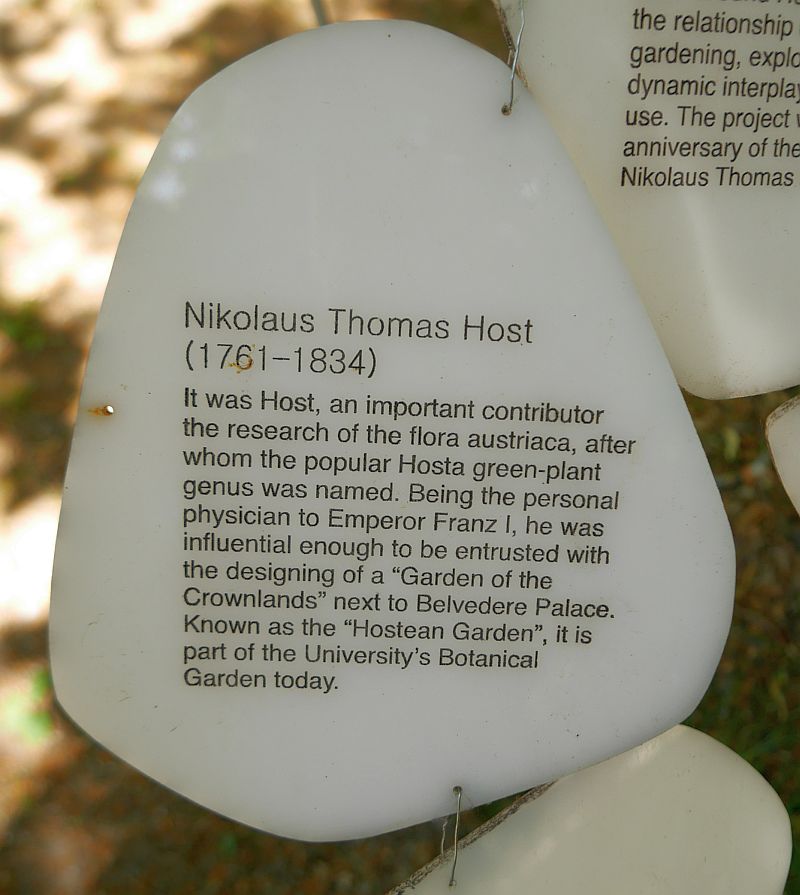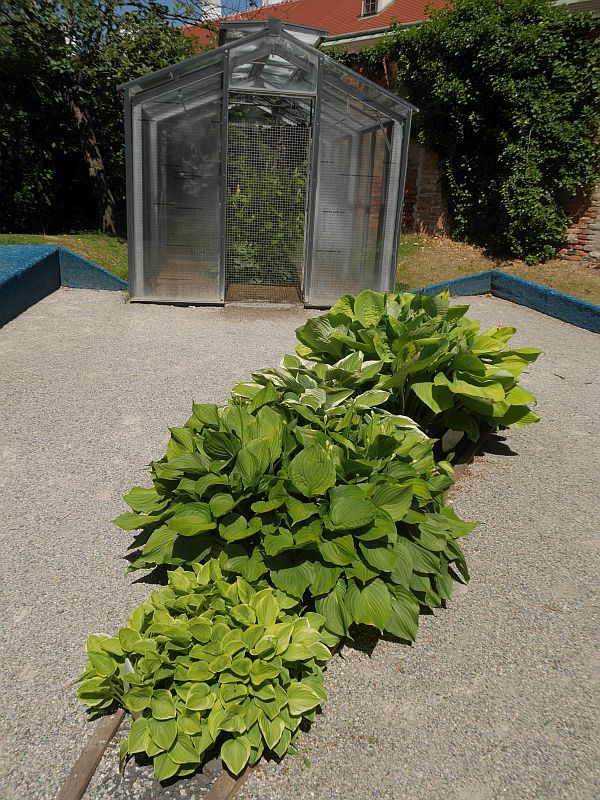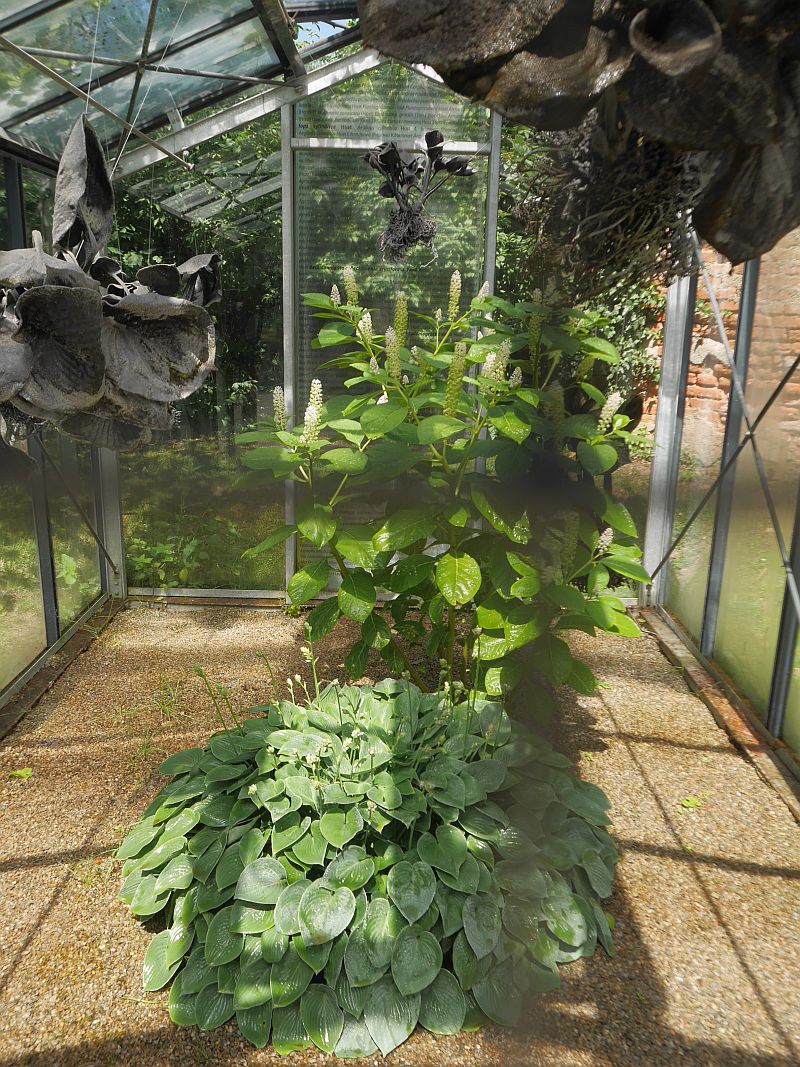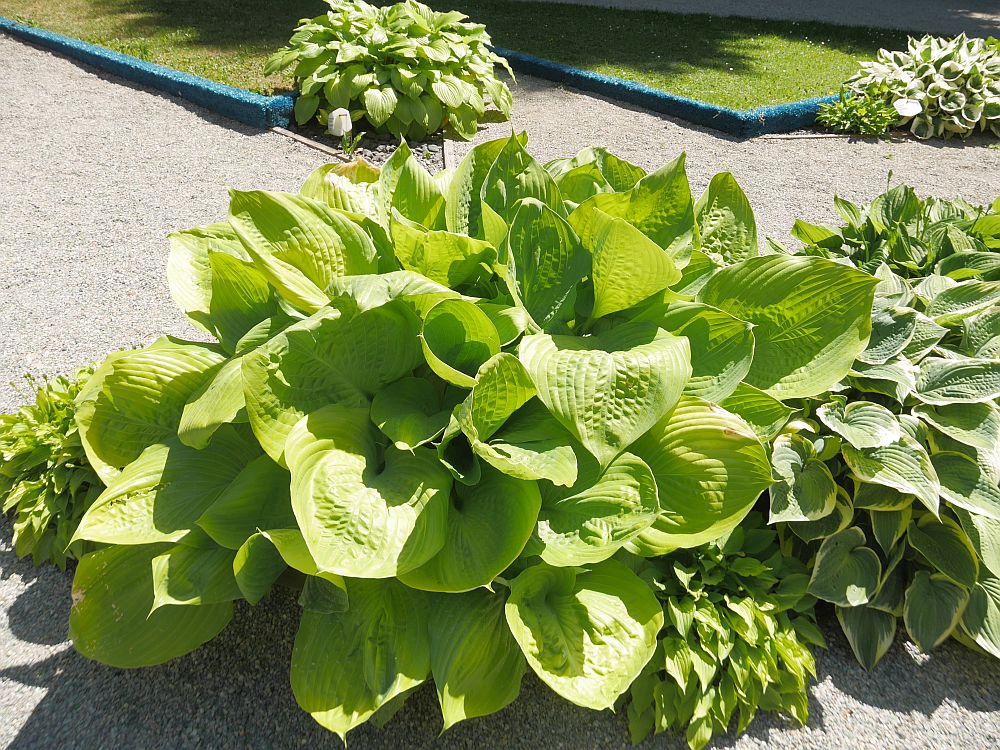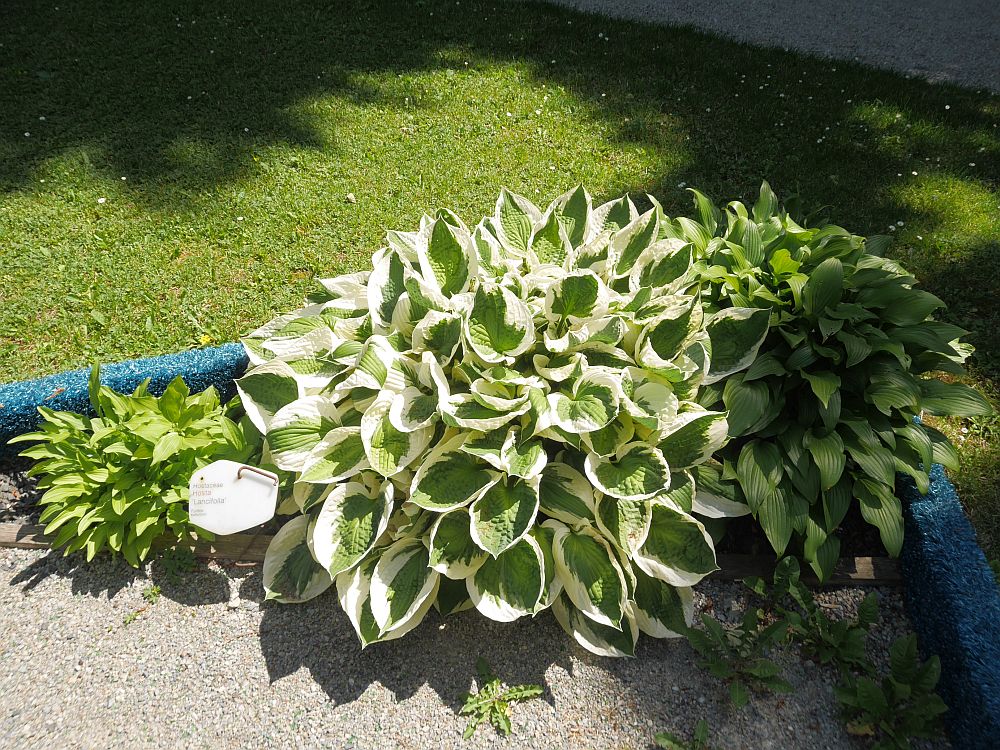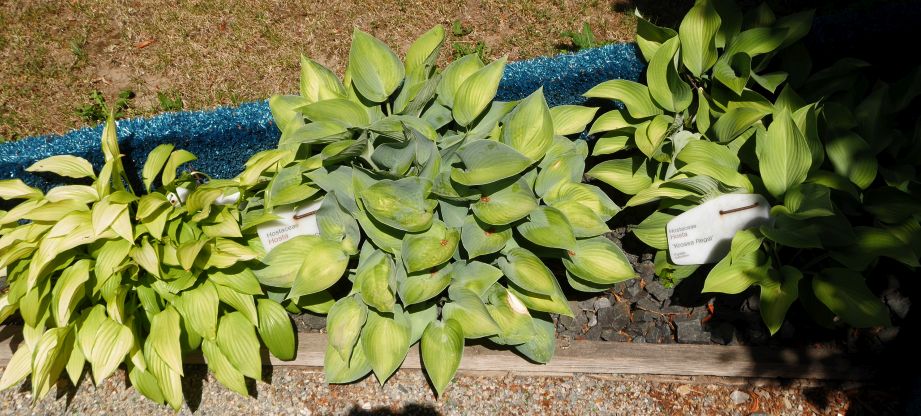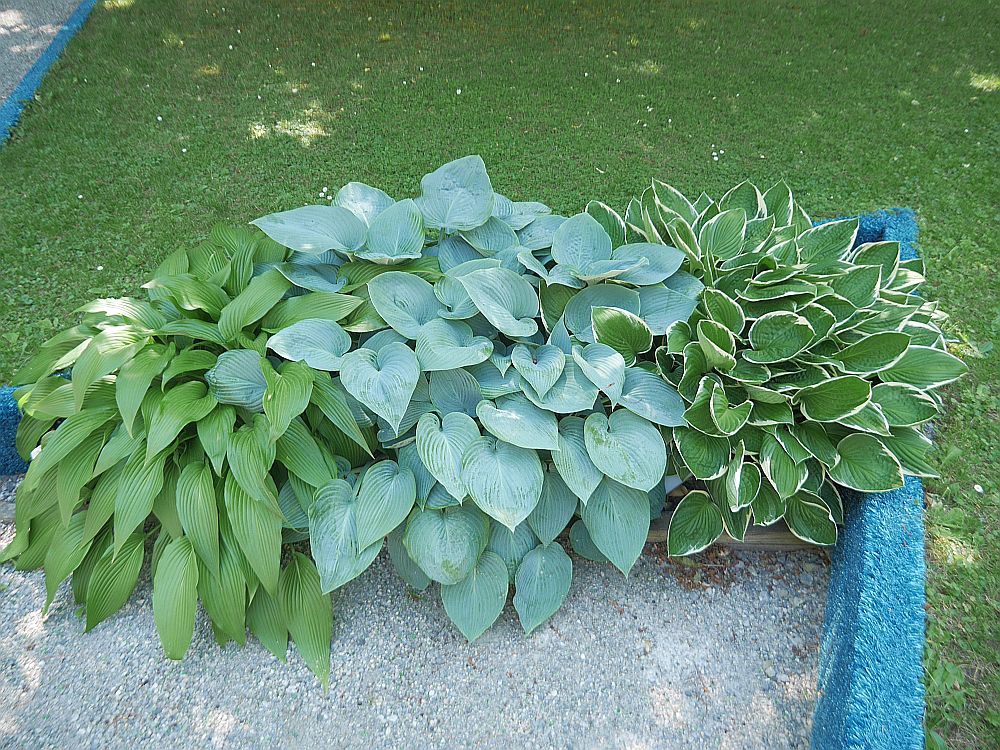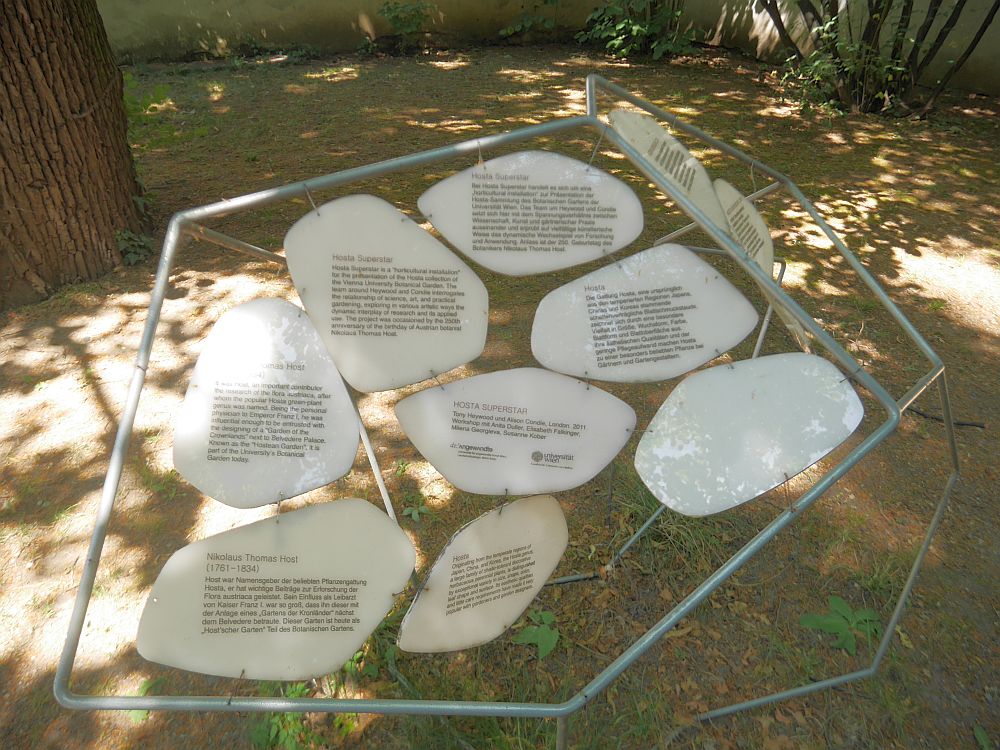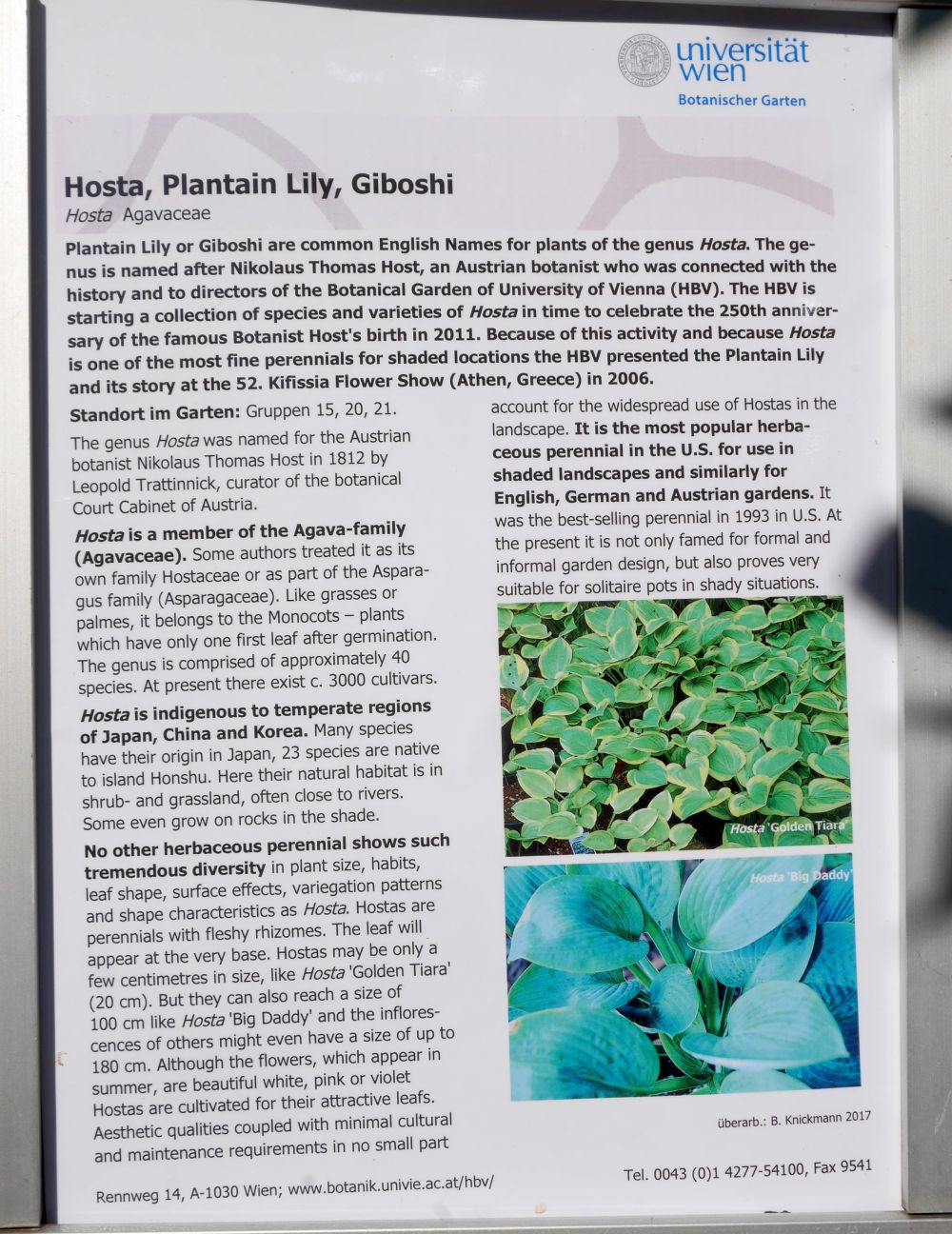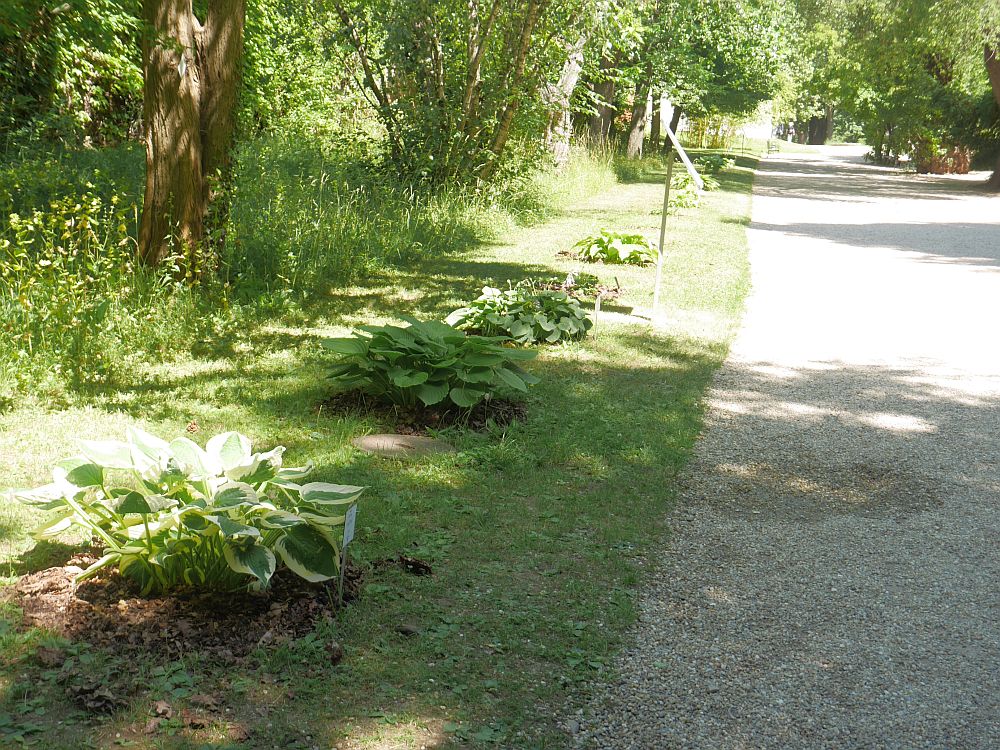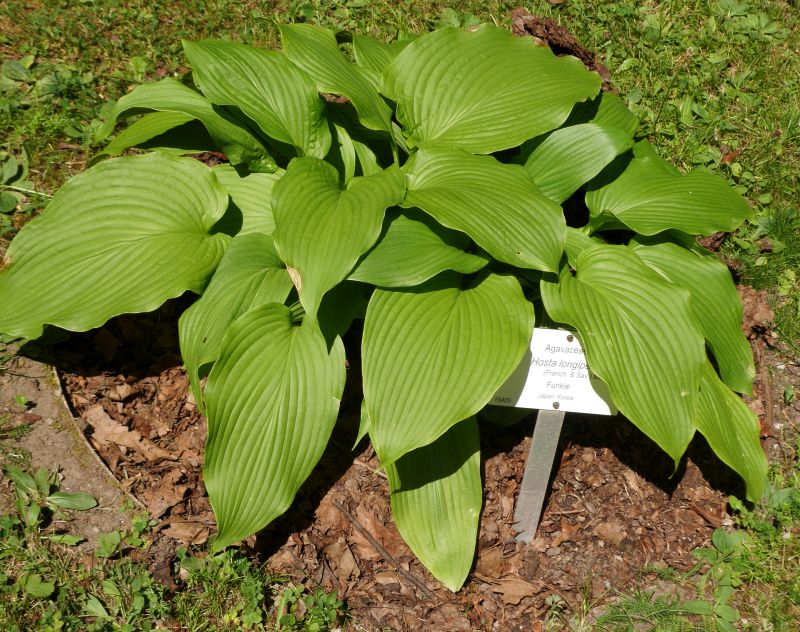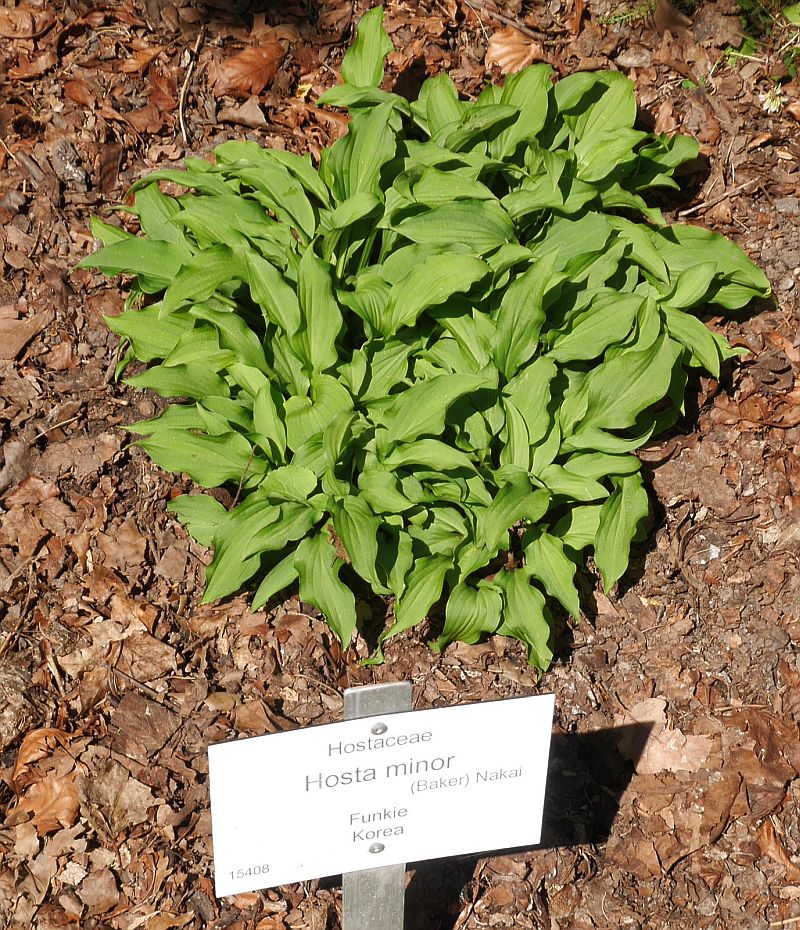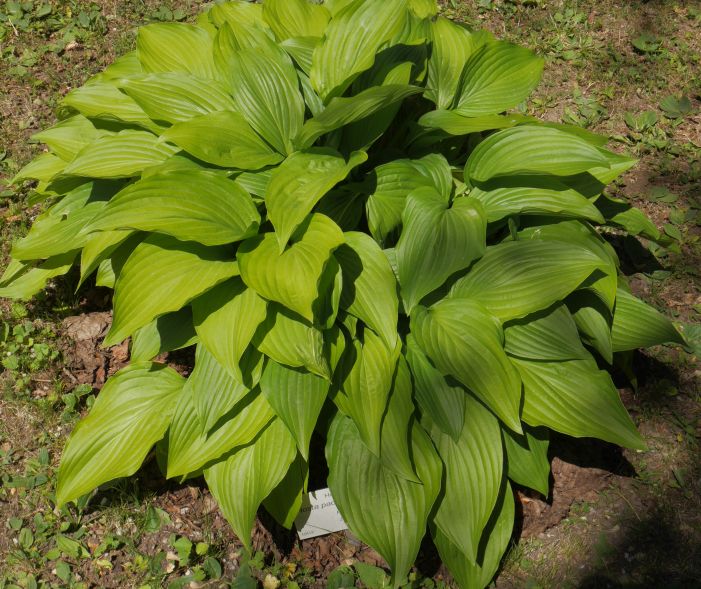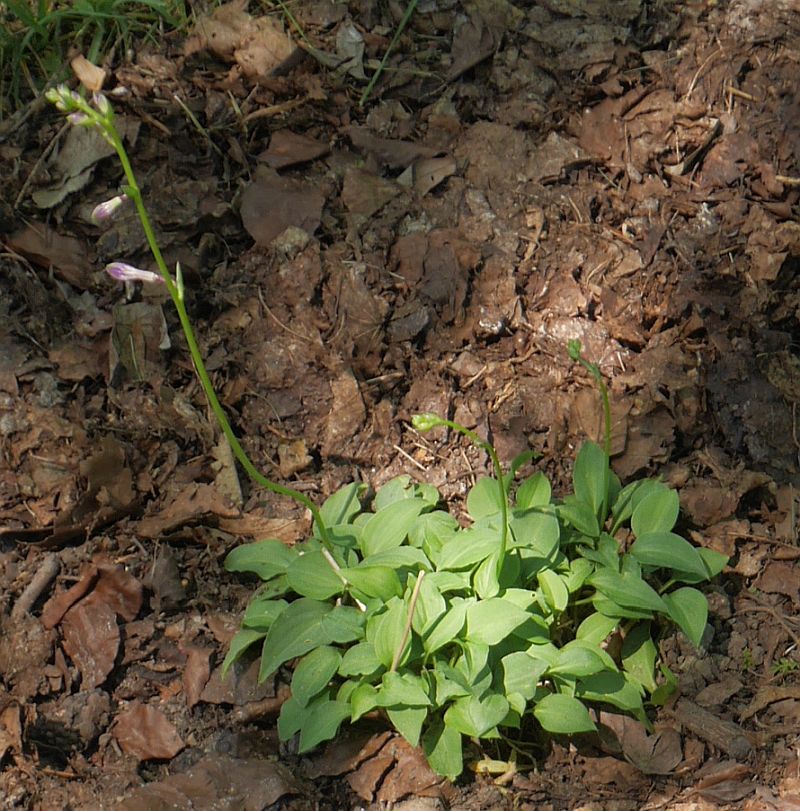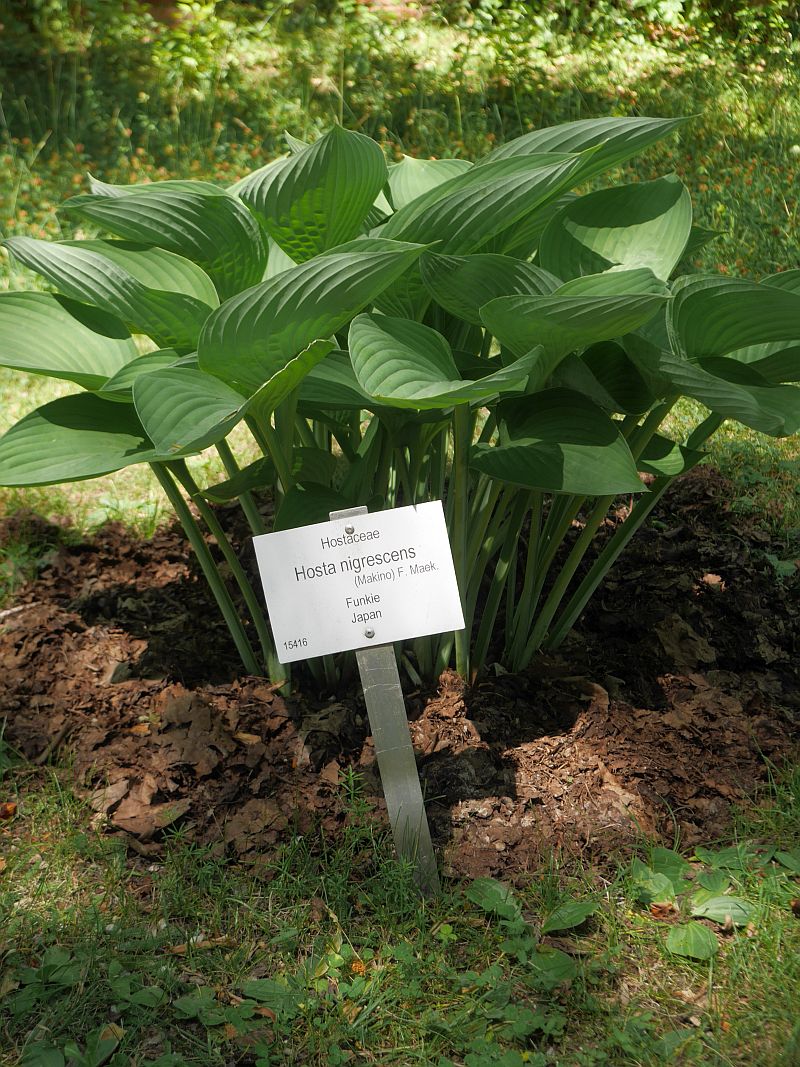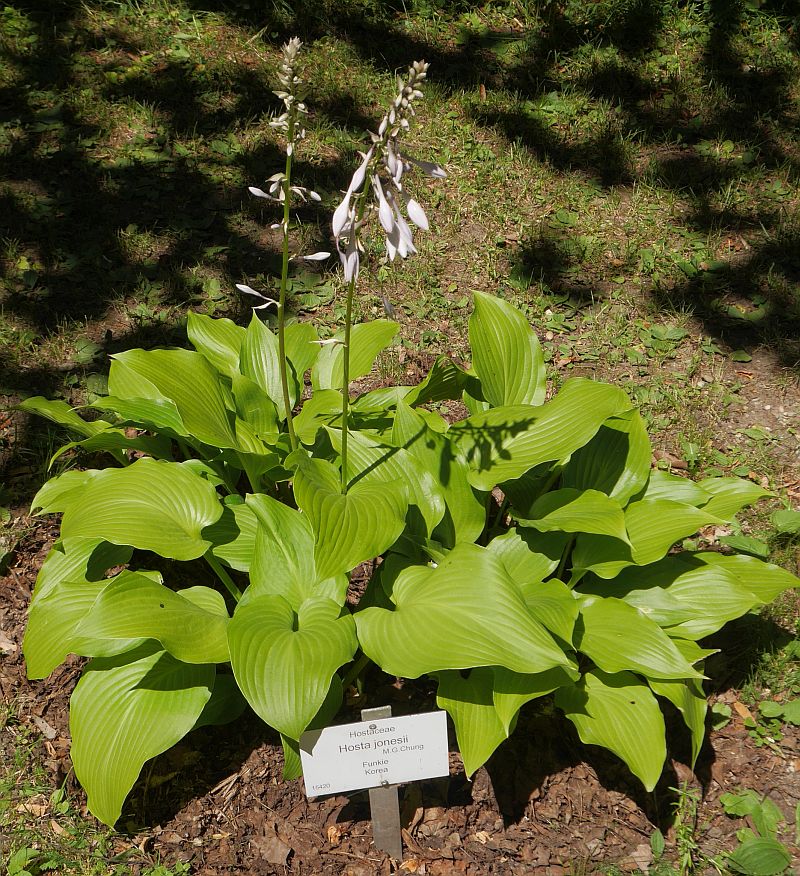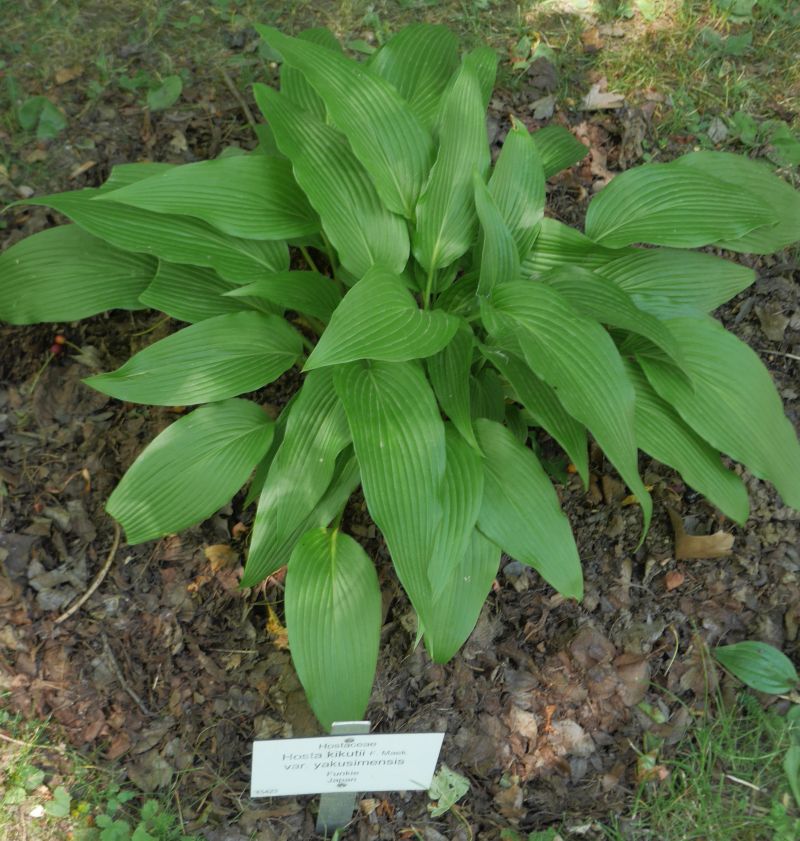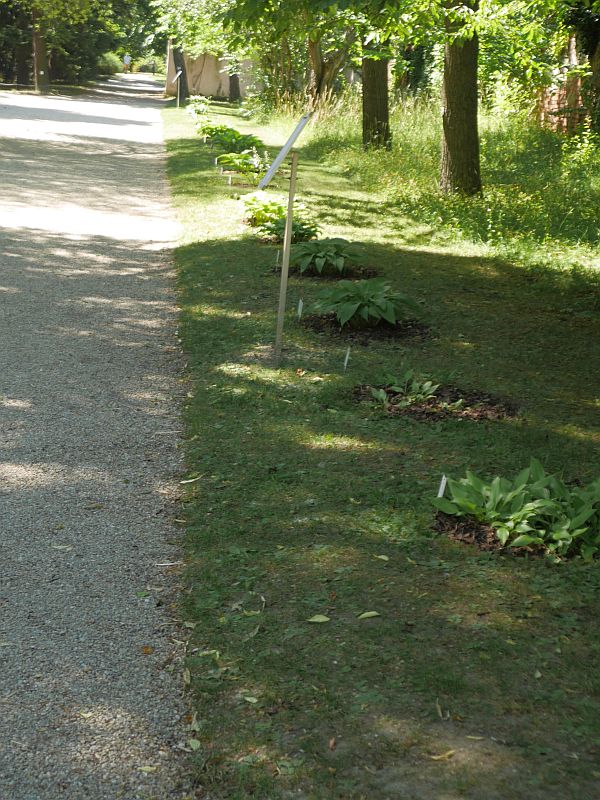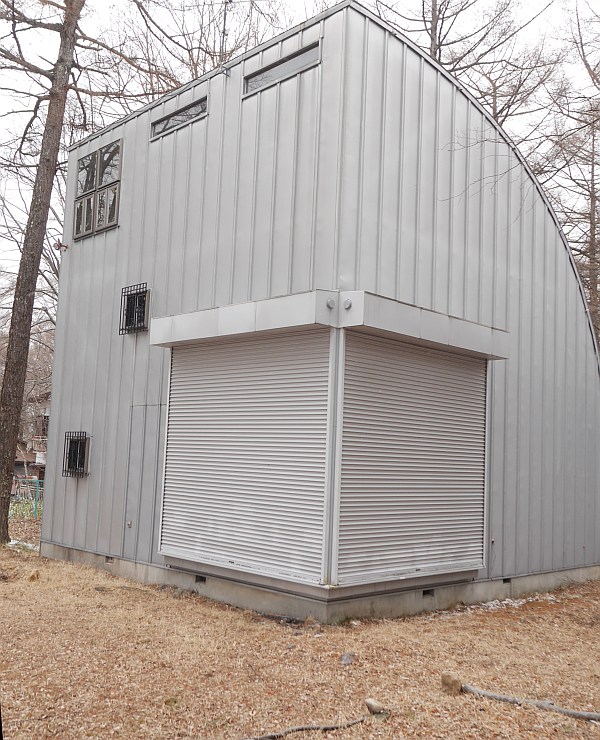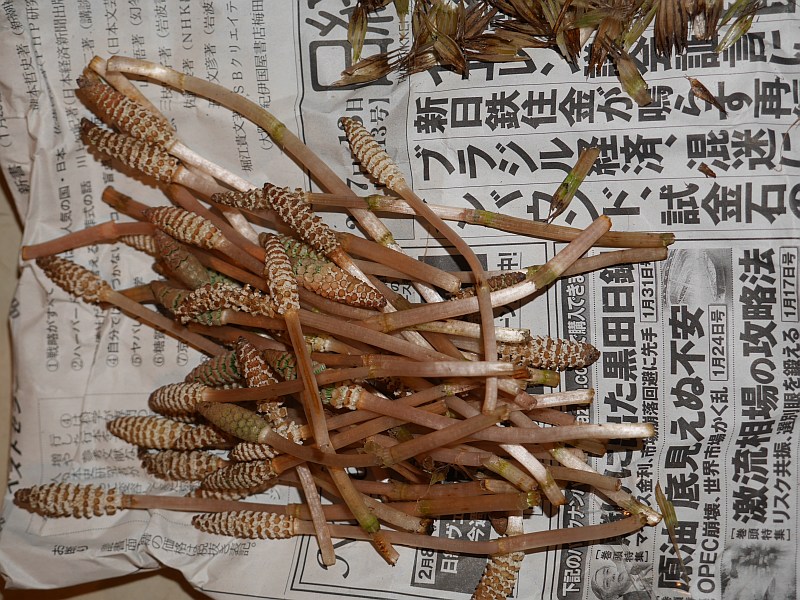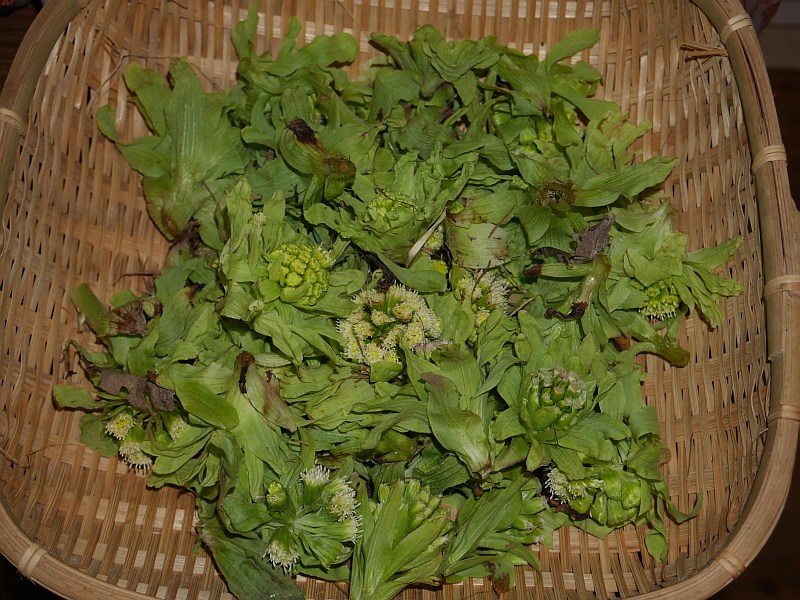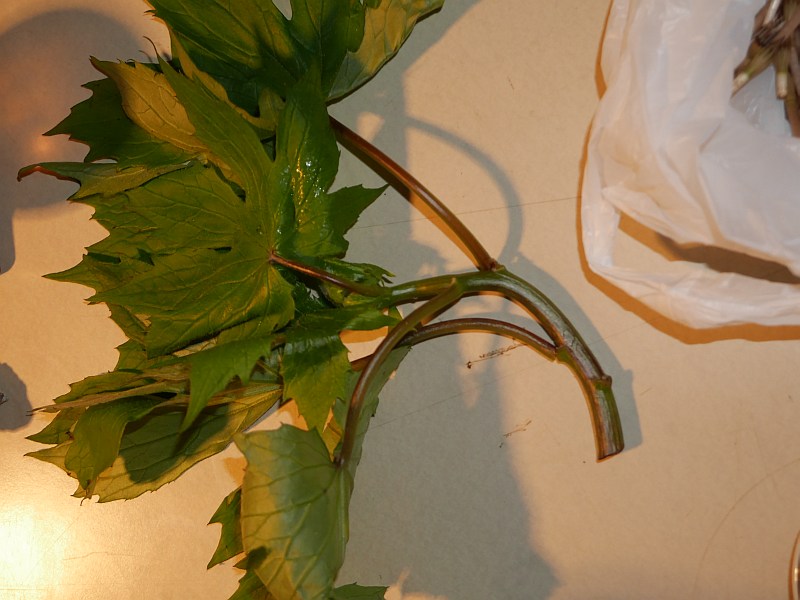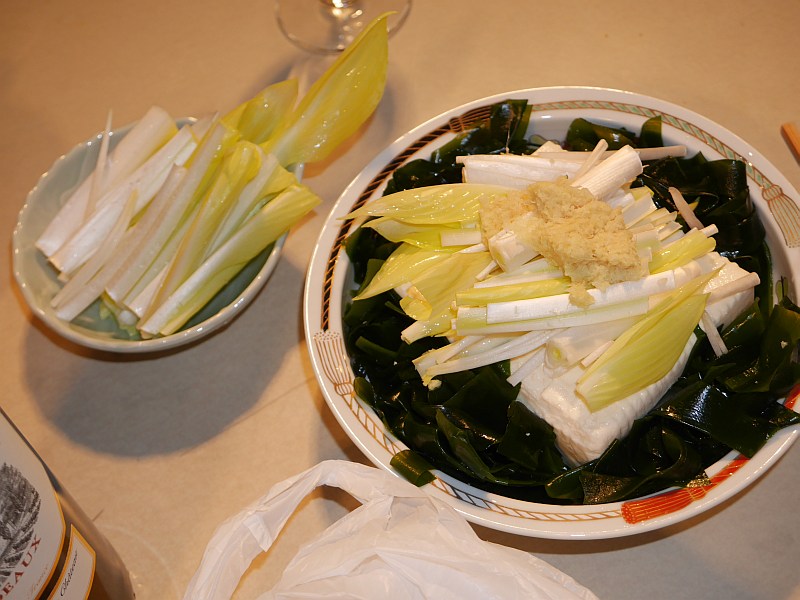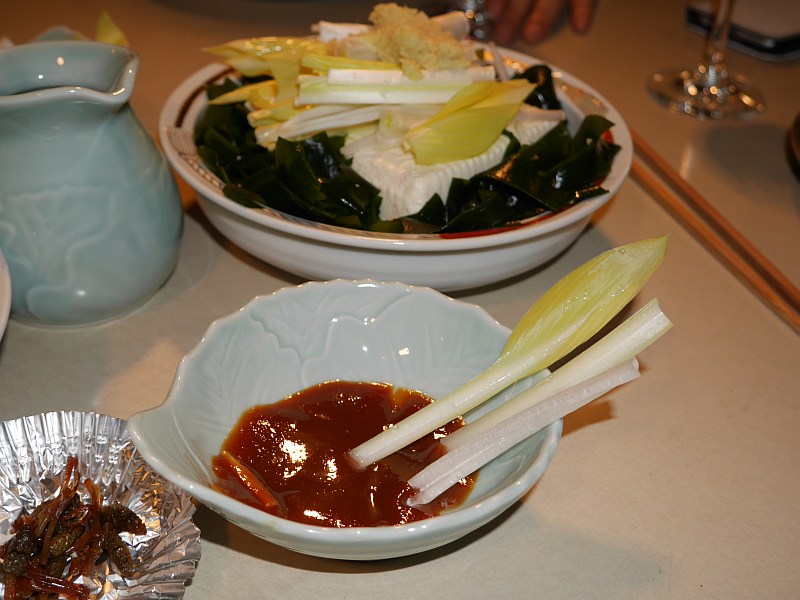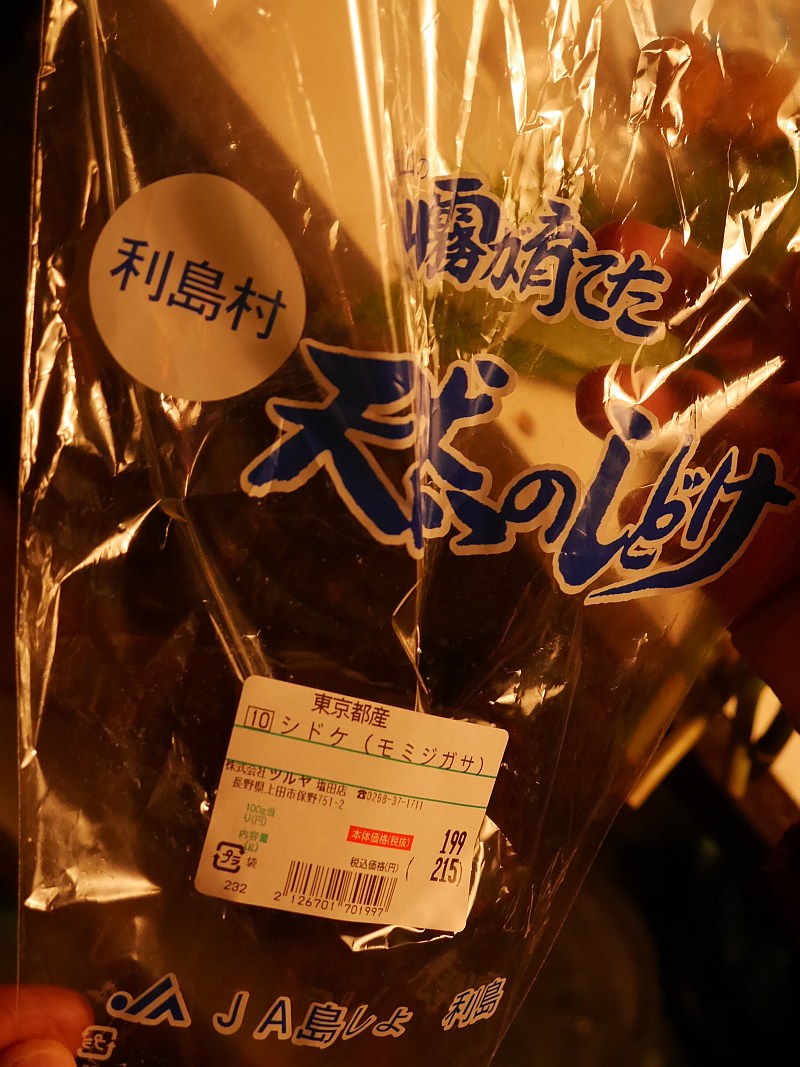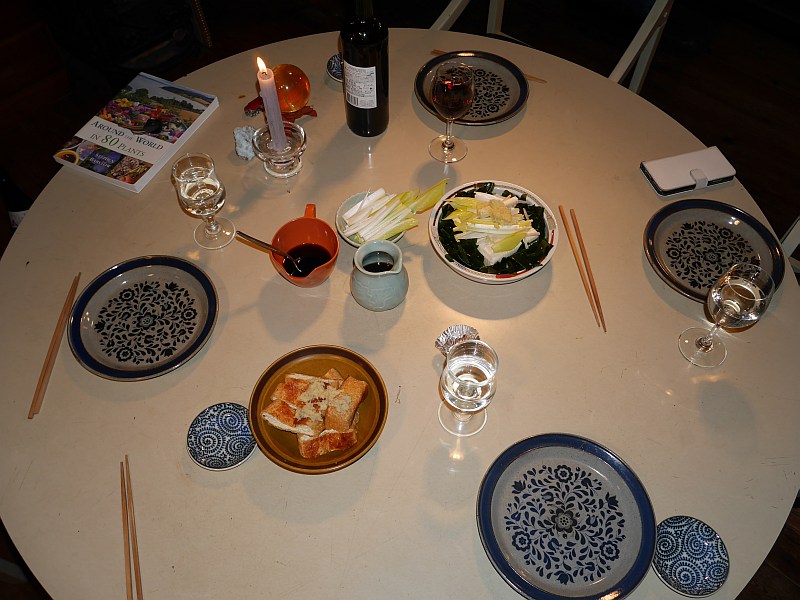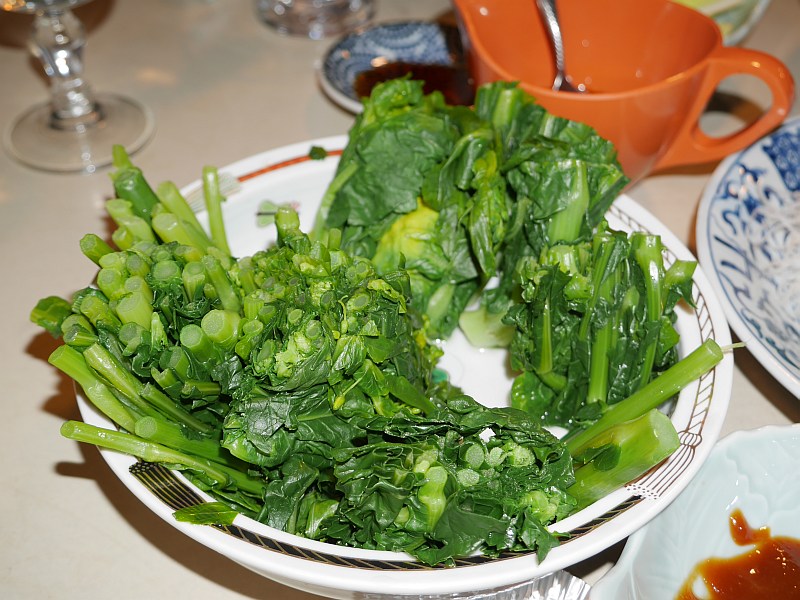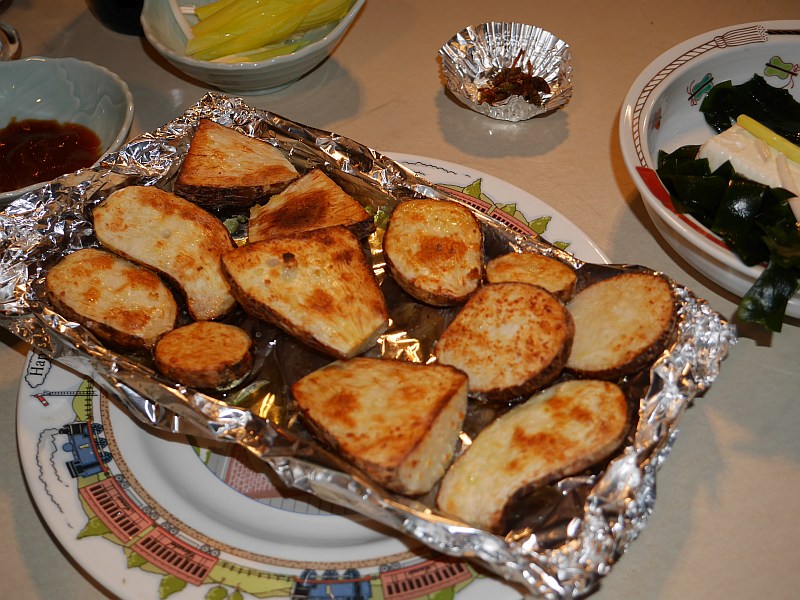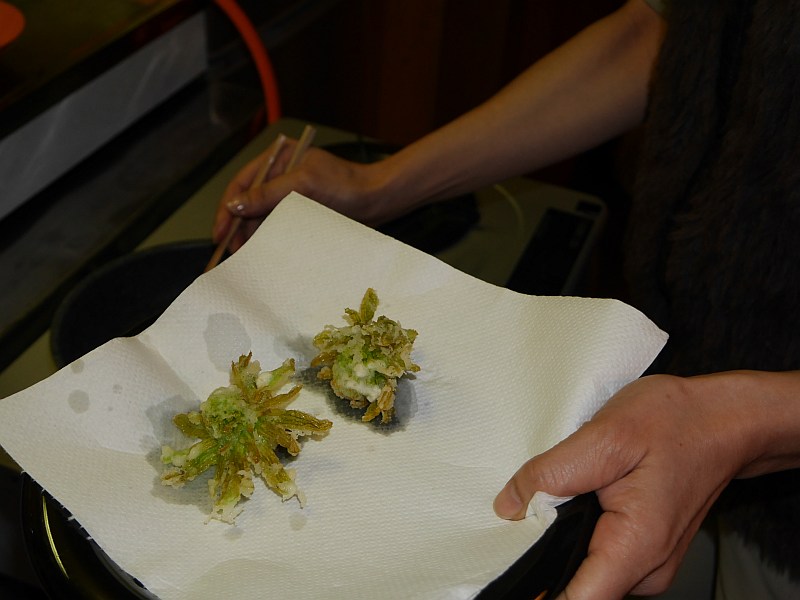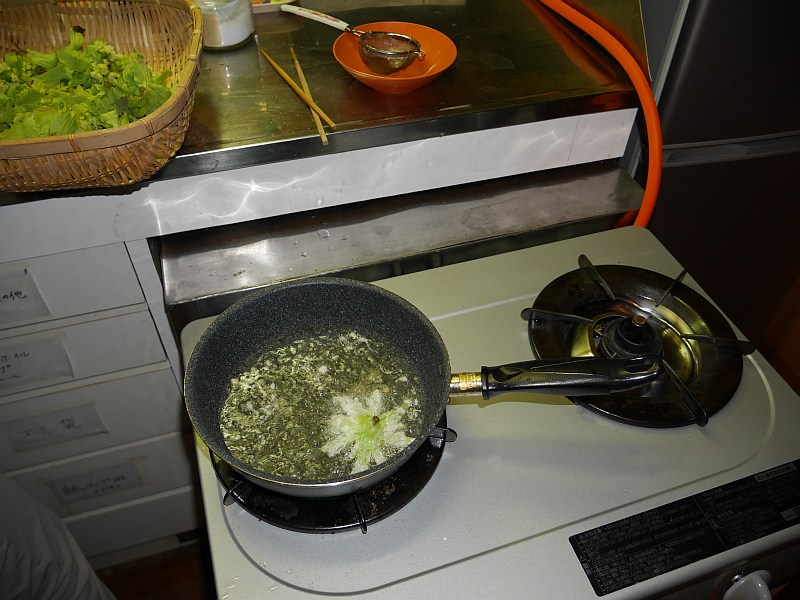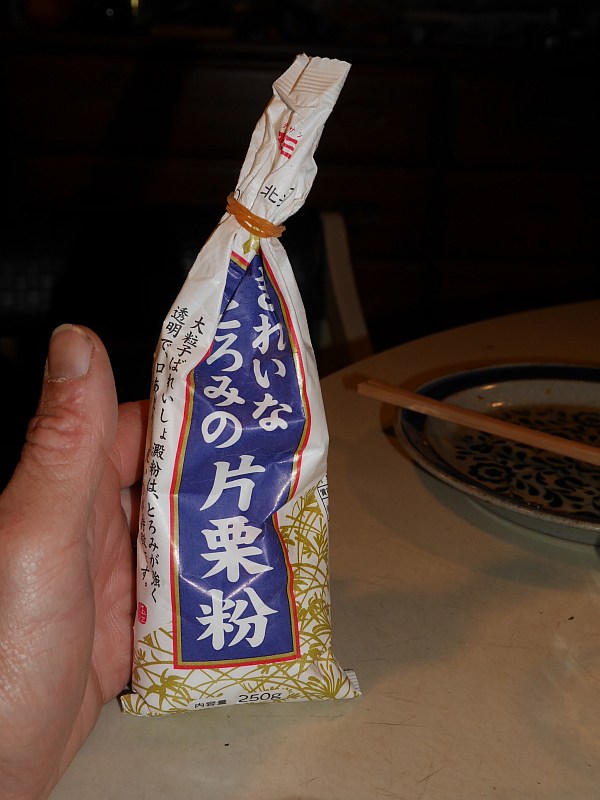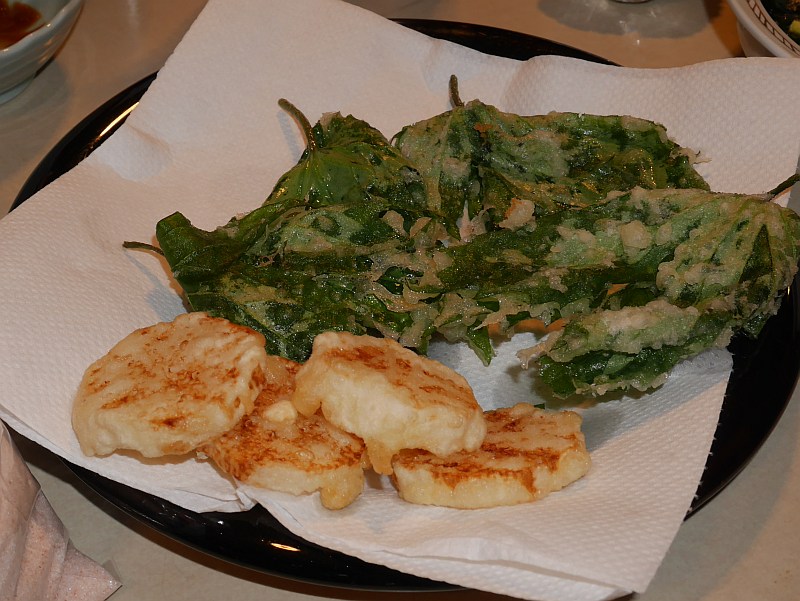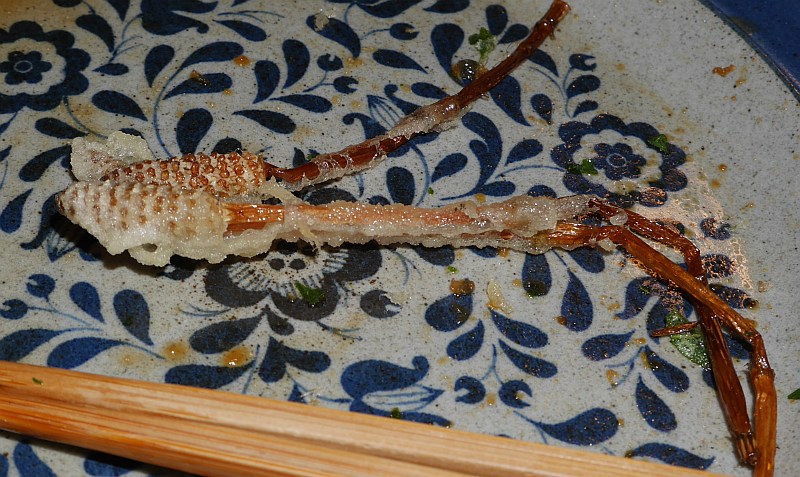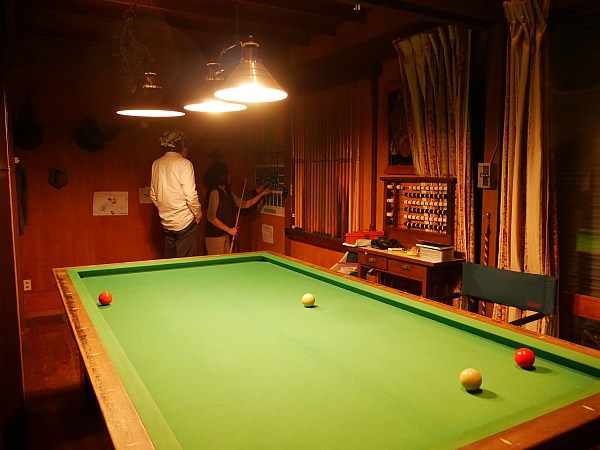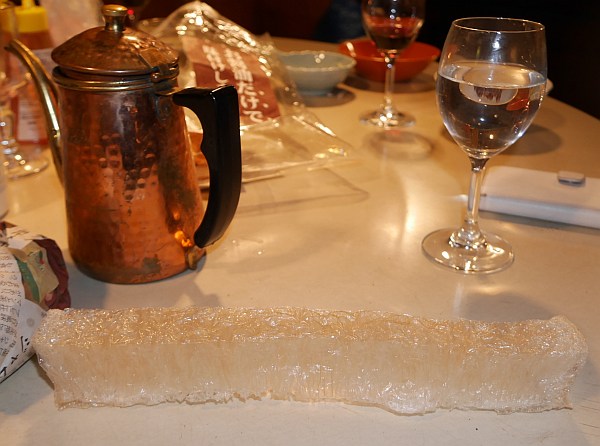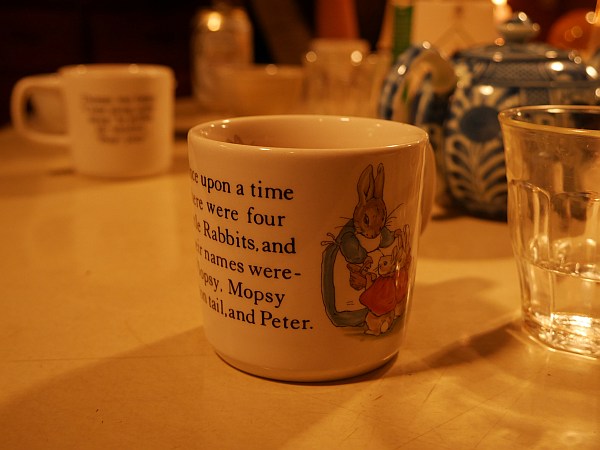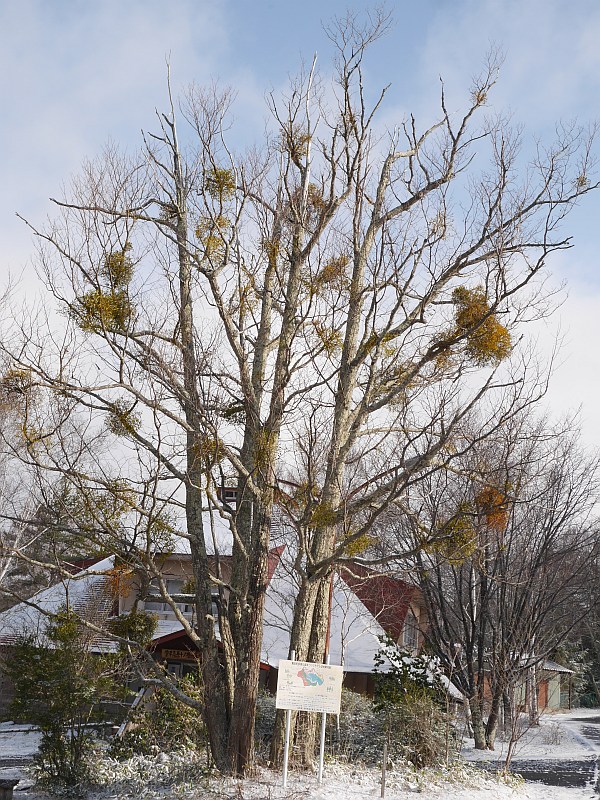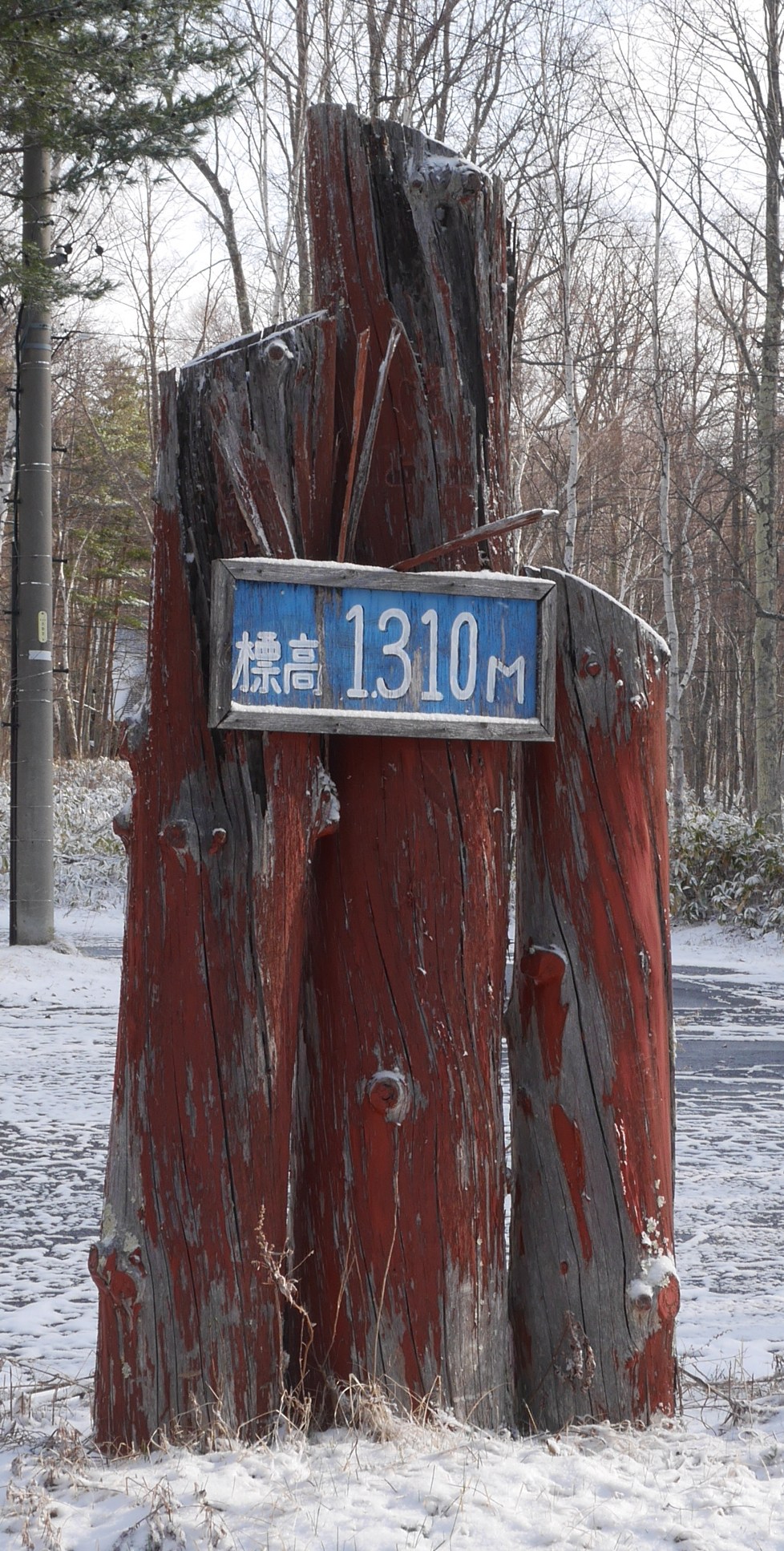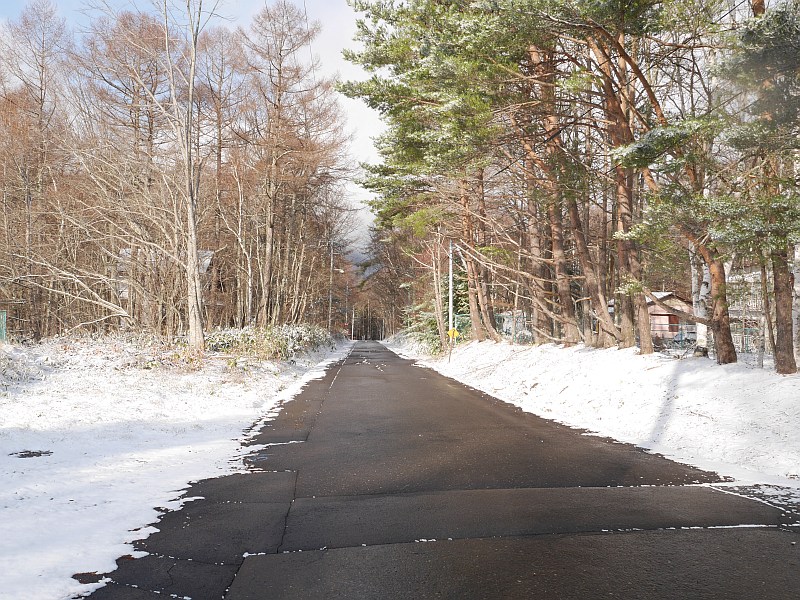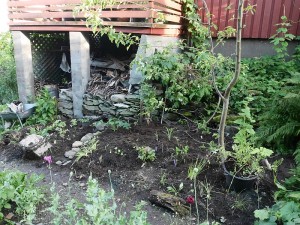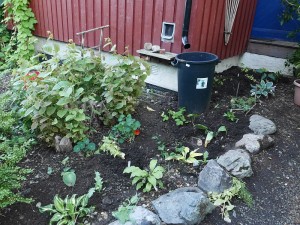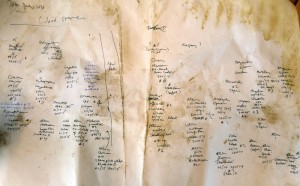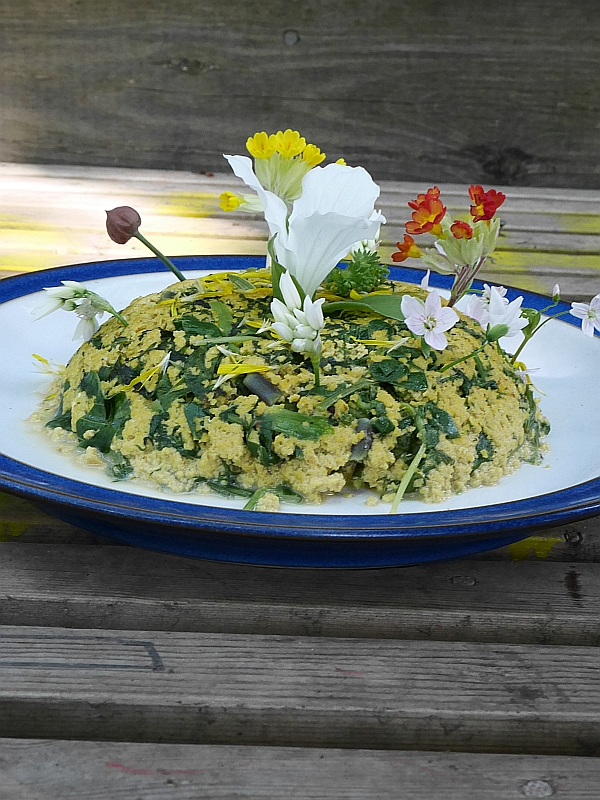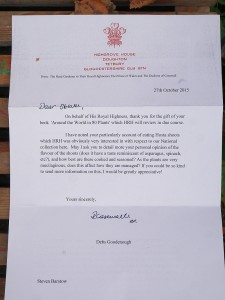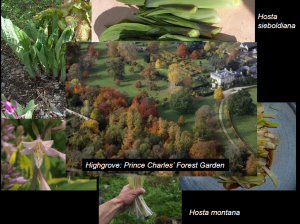This week I gave a couple of talks for the first time on the subject of “Perennials: Attractive and climate friendly city vegetables” ….covering everywhere from roof gardens to shady backyards to city farms, including Slottsparken – the park around the Royal Palace in Oslo which is in reality a productive forest garden ;) (full of Hosta and ostrich fern / strutseving)!
Tag Archives: Hosta
Food abundance in the Utrecht Botanical Garden
Just look at the abundance of food in the Utrecht Botanical Garden :)
Hosta Superstar and Host in Vienna
It was unknown to the garden that Hosta are edible and the director was excited of this new dimension to the garden…perhaps there will be a Hosta tasting next spring!
Tor Smaaland’s “Your Dream Garden” from 2004
The first time my garden was featured in a book was in former Norwegian TV gardener and gardener for the King, Tor Smaaland’s 2004 book “Din drømmehage”. The book was based on Tor’s travels around Norway visiting gardens and their owners. I remember his visit well as he was like a whirlwind almost running around the garden and talking at full throttle…he told me that he was a landscape architect and new little about plants and then he was gone again…so quick was he that I didn’t get a single picture of his visit! Most of the text about the plants was written by me (see pdf at the bottom of this page!).
I loved his amusing description of me and my garden (first in Norwegian below and then translated):
«Hage til å spise opp: Som Norges kanskje eneste moderne ikke-munk har engelskmannen Stephen Barstow brukt de siste tiåra på å anlegge et slags fri klosterhage ved Malvik utenfor Trondheim med noe mellom 1500-3000 planter, avhengig av hvordan vinteren har fart over hagen. Her er 30 av hans favoritter – og ganske uventet bruk av dem» ;)
(Garden to be eaten up: As perhaps Norway’s only modern non-monk, Englishman SB has over the last 10 years created a kind of free style monastery garden in Malvik outside of Trondheim with somewhere between 1,500 and 3,000 plants, dependent on the ravages of the winter. Here are 30 of his favourites and their rather unexpected uses)
You will notice quite a few of the plants that finally ended up in my book and many of which I now call Edimentals; for example: variegated ground elder (variegert skvallerkål), nodding onion (prærieløk), seiersløk (Allium victorialis), udo (Aralia cordata), giant bellflower (storklokke), daylilies (dagliljer), Hosta, golden hops (gulhumle), Malva (kattost), ostrich fern (strutseving), Bath asparagus (Ornithogalum pyrenaicum), bistort (ormrot), rubber dandelion (gummiløvetann), bulrush (dunkjevle) and nettles (nesle).
Trip to the Japanese mountains in April 2016
Each day on the trip to Japan had been equally amazing as the day before with new plant and food discoveries all the way!! The venue for my talk in Tokyo was the art/photography studio belonging to a guy called Ken Takewaki. It turned out he’d spent a lot of time in the UK working on organic farms and knew the owner of Poyntzfield Nursery in Scotland well and I’d already planned to try to visit Poyntzfield on my Scotland trip in September! Knowing that I was heading for the mountains after Tokyo, Ken kindly invited me to visit his mountain home! What a place and the food was out of this world! Ken and his lady Masami had made a special effort to feed me sansai!
The next morning it was as if I’d been transported home in my dreams as there was new snow on the ground at the Ken’s home at 1300m. The day before it has been over 20C at 600m! Thanks so much to Tei, who I got to know through Caroline Ho Bich-Tuyen Dang, a member of Norwegian Seed Savers, for showing me so much of her village near Besshou (Ueda) in Nagano Prefecture and sharing all the amazing sansai and sake and for taking me to Ken’s place! More on Besshou later when I get time!Thank you so much too Ken and Masami for your hospitality!
On FB: https://www.facebook.com/media/set/?set=a.10153897515615860.1073742590.655215859&type=1&l=84704ca6c5
New edible woodland garden beds
Fast Slow Edimental Lunch!!
Yes, cooking is FUN!!
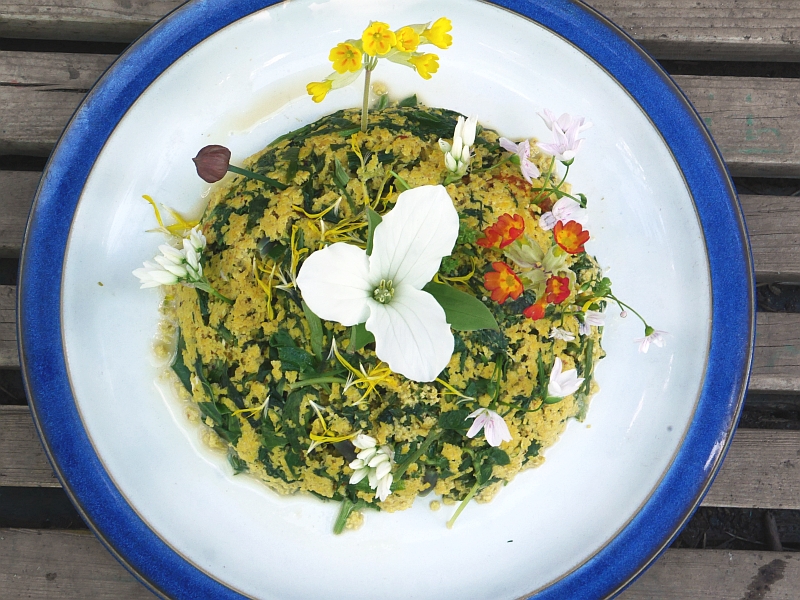
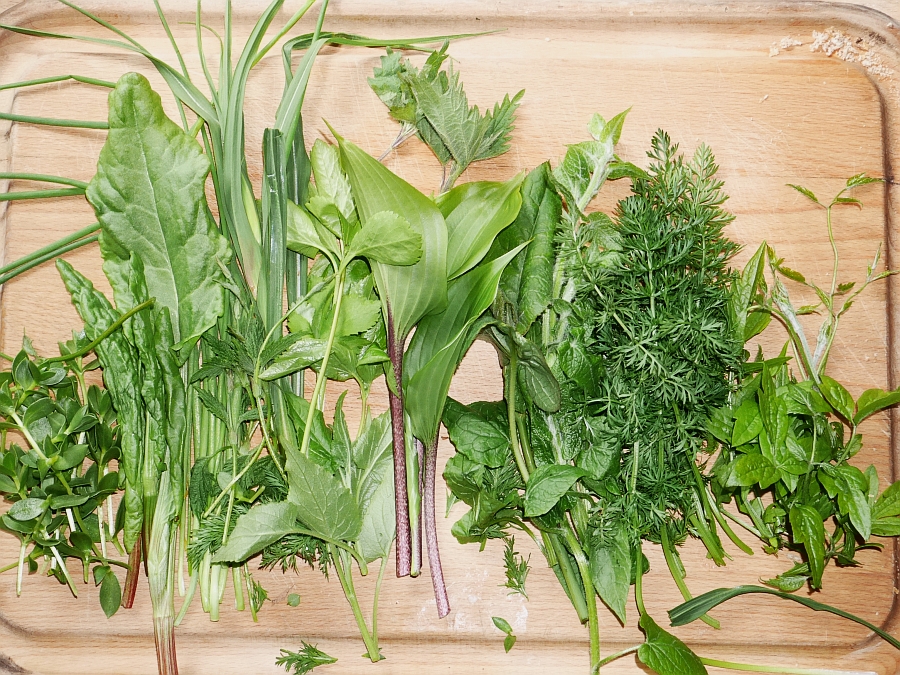
Letter from the Prince
It’s not every day one finds a letter from Prince Charles in the mailbox :) I met two of the gardeners at Highgrove after my talk at Croome earlier this month and decided to ask them if they could pass on a copy of my book to the Prince! This is because I mention him and Highgrove in my Around the World talks as having the most productive edible Forest Garden in the UK – through his national collection of large leaved Hostas! Below is the letter and the slide from my talk where I talk about the Forest Garden at Highgrove!
Here’s my original article on edible Hostas in Permaculture Magazine where I mention the Prince!
http://www.edimentals.com/blog/?page_id=2722





